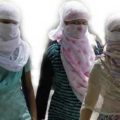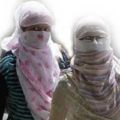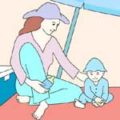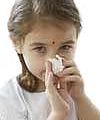Even though our bodies contain a natural cooling mechanism — perspiration — it can still overheat and lead to heat stroke, a potentially deadly condition. It is important to recognize signs like heat rash, heat cramps and heat exhaustion, etc. when they appear and immediately stop physical activity.
A person suffering from a heat-related illness should immediately be moved to a cooler area, hydrated, and subjected to “active cooling” with cold-water immersion, ice packs or cold towels. This active cooling will reverse the negative effects on your internal organs, cardiovascular and neurological systems.
There are several ways a summer exerciser can help prevent heat-related ailments, such as
- avoiding strenuous outdoor exercise during the hottest times of the day — 11 a.m. to 4 p.m.
- wearing loose and light-colored clothing,
- applying sunscreen with a minimum SPF of 15 and
- drinking at least 2-4 glasses of water per hour during extreme heat
Thirst can be a sign of dehydration; so don’t wait until you’re thirsty to drink. A great gauge for measuring your hydration level is by noting your urine color — generally, the lighter the urine, the better hydrated you are.
Following tips help to identify heat illnesses:
Heat Rash: Skin irritation that looks like a red cluster of pimples or small blisters. Keep the affected area dry, and have the person use talcum powder to increase comfort.
Heat Cramps: Loss of water and salt from sweating causes cramping. Signals are abdominal and leg muscle pain. Relief can be found by applying firm pressure on cramping muscles or gentle massages.
Heat Exhaustion: Heat exhaustion most often occurs when people exercise too heavily in warm, humid places where body fluids are lost. Signals include cool, moist, pale or flushed skin; heavy sweating; headache; nausea or vomiting; dizziness and exhaustion.
Heat Stroke: Heat stroke can be life threatening. Body temperature can rise and cause brain damage; death may result if the individual is not cooled quickly. Signals include hot, red and dry skin; changes in consciousness; rapid, weak pulse and shallow breathing.
Follow these health tips for exercising in the heat this summer, and enjoy your best health.










